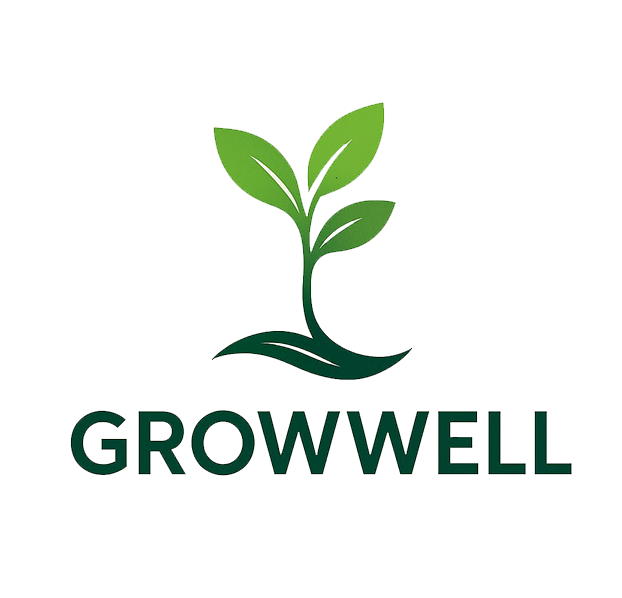Introduction:
Agriculture trading plays a crucial role in the global economy, and with the advancement of technology, it has become more accessible to farmers, traders, and investors. In this blog, we will explore what agriculture trading is, its significance, and how you can leverage it to maximize your profits in the agricultural market.
1. What is Agriculture Trading?
Agriculture trading involves the buying and selling of agricultural commodities such as grains, fruits, vegetables, livestock, and more. This trading can occur in physical markets or on digital platforms, where farmers and traders negotiate prices and exchange goods.
2. Types of Agriculture Trading
Commodity Trading: Involves trading raw agricultural goods such as wheat, rice, sugar, cotton, and coffee.
Futures and Options Trading: Allows traders to buy or sell agricultural commodities at a future date, offering a hedge against price volatility.
Spot Trading: Involves buying and selling agricultural goods for immediate delivery.
Online Platforms and E-commerce: The rise of online agricultural trading platforms allows traders to buy and sell goods directly from farms to retailers or consumers.
3. Key Factors Affecting Agriculture Trading
Climate and Weather Conditions: Unpredictable weather patterns significantly impact crop yields and prices.
Government Policies and Subsidies: Policies related to agriculture can either encourage or discourage trade.
Supply Chain Disruptions: Any disruption in the supply chain, such as transportation issues, can affect prices and availability.
Global Demand and Consumption Trends: Shifts in global demand, particularly in emerging markets, influence agriculture trading.
4. Benefits of Agriculture Trading
Profit Potential: By purchasing at lower prices and selling at higher rates, traders can earn significant profits.
Risk Mitigation: Trading agricultural futures allows farmers and traders to hedge against price drops and unpredictable weather.
Market Access: Online platforms provide access to global markets, allowing local traders to reach international buyers.
Diversification: Traders can diversify their portfolios by including agriculture in their investment strategies.
5. Top Agriculture Trading Strategies
Timing the Market: Understanding seasonal trends and market cycles can help traders buy low and sell high.
Risk Management: Using futures contracts and options to protect against price volatility.
Building Relationships with Suppliers and Buyers: Establishing strong connections ensures better pricing and reliability in transactions.
Leveraging Technology: Utilizing digital platforms, AI, and data analytics can help predict market trends and optimize trading decisions.
6. Challenges in Agriculture Trading
Price Volatility: Agricultural prices can fluctuate greatly, making it hard to predict market trends.
Logistical Issues: Transportation and storage challenges can add extra costs.
Market Access: Smaller players may face difficulties in accessing larger markets without the right networks or technology.
7. The Future of Agriculture Trading
As we move towards a more digital and globalized economy, agriculture trading will become increasingly sophisticated. Blockchain technology, AI, and data analytics will revolutionize the way traders and farmers approach market trends and logistics. Moreover, sustainability and ethical sourcing will become a significant factor in the future of agricultural trade.



